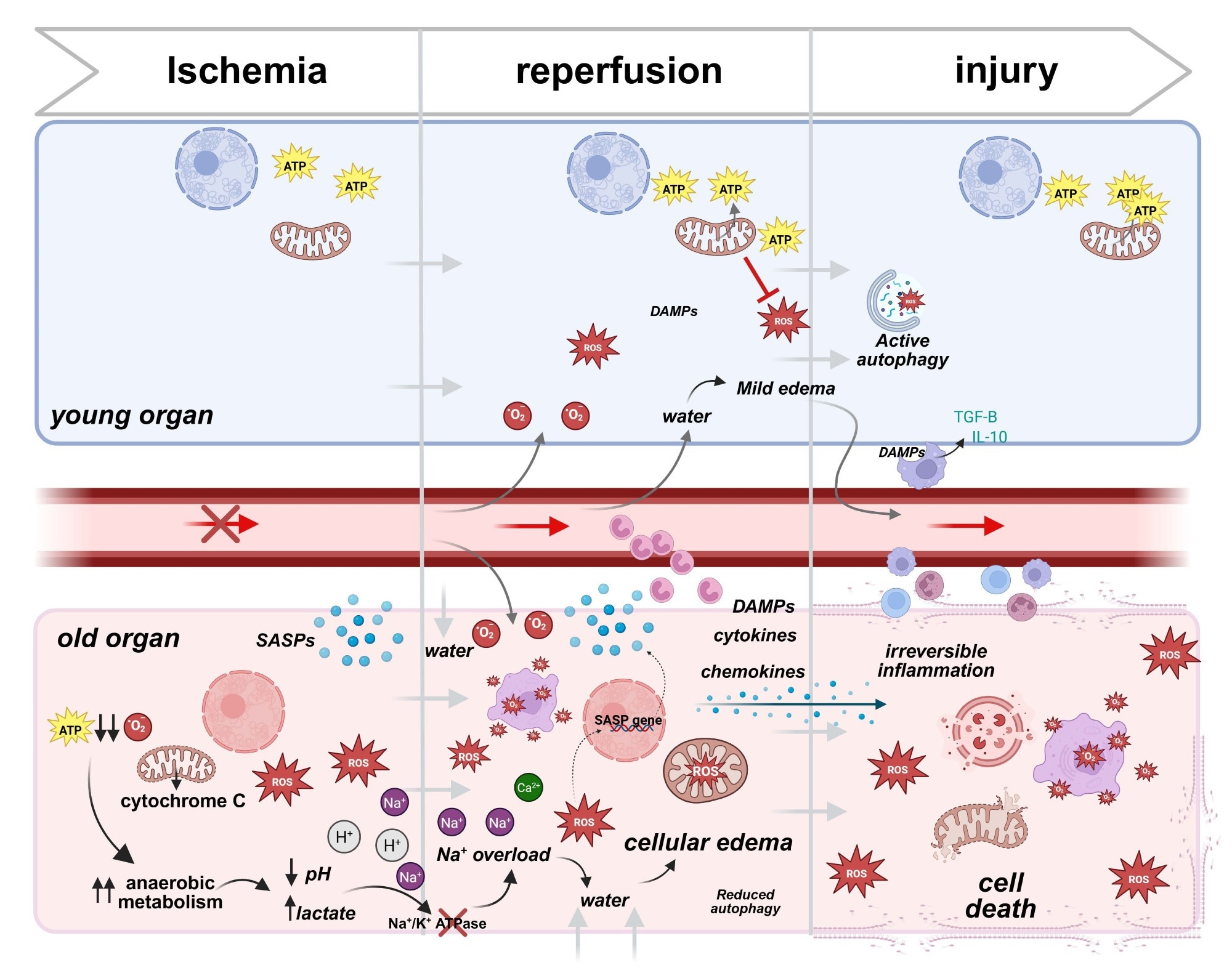Cruciferous vegetables that contain glucosinolate-derived compounds could help prevent breast cancer, according to research presented at the San Antonio Breast Cancer Symposium 2025.
The associations between…

Cruciferous vegetables that contain glucosinolate-derived compounds could help prevent breast cancer, according to research presented at the San Antonio Breast Cancer Symposium 2025.
The associations between…

Most adults in the US fall short on both fruit and fiber. Only a small share, roughly 12 per cent, meet daily recommendations, which is why the apple-versus-banana question comes up often. If someone is trying to boost fiber, which one actually…

New insights into cellular aging, perfusion technologies, and senescence-targeting treatments show how aging organs could be revived, turning thousands of discarded donor organs into viable, lifesaving grafts.
Cellular responses to…

Preclinical research from McGill University suggests that nerve injuries can create long-term changes in the immune system, and these changes may not be the same for males and females.
Nerve injuries are common and can occur from stretching,…

Preclinical research from McGill University suggests that nerve injuries can create long-term changes in the immune system, and these changes may not be the same for males and females.
Nerve injuries are common and can occur from stretching,…

As the EU’s flagship Healthier Together – Non-Communicable Diseases (NCD) initiative moves into its final two years, health experts warn the programme risks falling behind the fast-evolving science on metabolic health.
While the 2022–2027…

New evidence shows that human M cells act as fully fledged antigen-presenting cells, processing and presenting gluten peptides through a dendritic cell-like pathway that may shape early coeliac disease immunity.
Study: Human gut M…

Long COVID continues to disrupt millions of lives, especially through persistent neurological symptoms like fatigue, sleep problems, and brain fog. Researchers tested whether raising NAD+ levels with high-dose nicotinamide riboside could help…

Long COVID continues to disrupt millions of lives, especially through persistent neurological symptoms like fatigue, sleep problems, and brain fog. Researchers tested whether raising NAD+ levels with high-dose nicotinamide riboside could help…